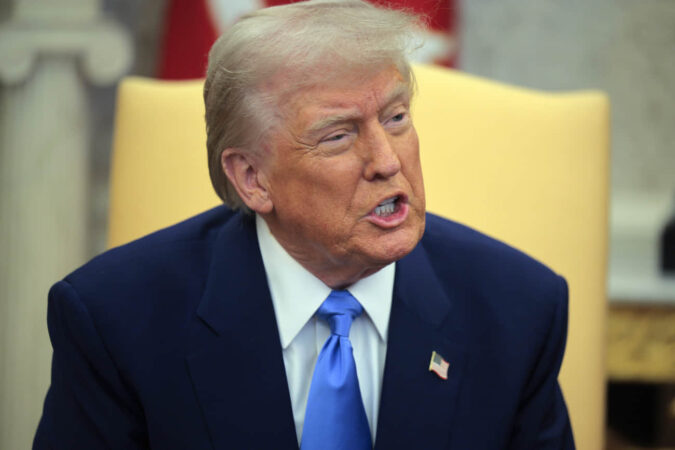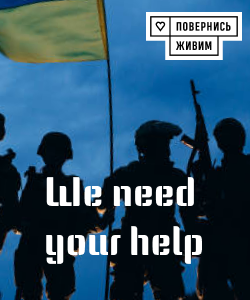Peace Initiative by Trump: Media Reveal Details of a Potential Ceasefire Plan in Ukraine

Western media have reported the first details regarding the so-called peace initiative allegedly proposed by former U.S. President Donald Trump to end the conflict on the Ukrainian front. According to the reputable outlet The New York Post, this plan involves establishing a new joint commission responsible for monitoring the ceasefire regime. Participants in this structure would include representatives from Ukraine, Russia, and a non-NATO country that could serve as an intermediary in the process. A high-level source within the Trump administration, citing informed circles, reports that the specifics of the arrangements are not yet finalized. However, among the possible points are the deployment of European security forces on Ukrainian territory, which could become a significant part of security guarantees for Kyiv if an agreement to cease hostilities is reached. One of the central issues remains the formation of so-called "stability forces" — a special security unit, described by the administration as a guarantee of stability and security necessary for Ukraine's post-war functioning. This serves as a kind of "precondition" to build trust between the parties and reduce tensions in the conflict. Another idea involves creating a special peacekeeping mission composed of representatives from three sides: Russia, Ukraine, and another non-NATO country. The goal of such a mission would be to monitor adherence to the ceasefire regime and oversee the situation at the front line, ensuring both sides have disarmed and are respecting the ceasefire terms. According to sources, the U.S. may participate in this initiative but not as direct military commanders on the ground — their involvement could be limited to financial support and advisory assistance, rather than deploying their troops. It is also worth noting that, within this potential plan, there is a possibility of the U.S. recognizing a temporary or de facto transfer of Crimea to Russia, which would cause a significant diplomatic stir. The Wall Street Journal reported that Trump's proposal might include such recognition, although no official confirmation has yet been received from U.S. officials. At the same time, a high-ranking official from the former president’s administration noted that during last week’s negotiations, the Ukrainian delegation was most concerned about the "land" component of the agreement — specifically, recognizing the territories occupied by Russia as part of Russia, a highly sensitive issue for Ukraine. Sources suggest that Kyiv appears willing to make compromises and even concessions — for example, to relinquish 20% of its territory, which Kyiv regards as temporary occupation, if that leads to de facto recognition of these territories by Russia. However, this has faced strong criticism and misunderstandings among Ukrainian politicians and the public, as restoring sovereignty over occupied regions remains an absolute priority for Kyiv. It is worth recalling that Trump promised earlier this year that by April 20, Russia would respond to proposals for a ceasefire. The situation was complicated when, on April 19, The New York Post, citing sources within the administration, reported that U.S. Defense Secretary Lloyd Austin informed American leaders that Kyiv supports a peace initiative — reportedly with 90% support. It was planned that on April 21, a decision regarding a possible ceasefire would be made in London, which could serve as a positive signal for all parties. Meanwhile, President Donald Trump announced that he would soon reveal details of his plan to resolve the conflict in Ukraine. An important date is April 23, when an important meeting involving the U.S., Ukraine, and European allies will take place in London. It is expected that leaders of Ukrainian government agencies will attend, including President's Office Head Andriy Yermak, Minister of Defense Rustem Umerov, Foreign Minister Dmytro Kuleba, and Deputy Chief of Staff Pavlo Paliha. Preparations for this meeting are already generating many expectations and assumptions about the future course of events. An important caveat remains that any scenario depends on numerous factors, including internal political and diplomatic considerations. However, all parties seem to aim for compromise and to bring an end to the bloodshed that has been ongoing for over a year. Thus, while diplomatic negotiations are underway on all sides, Ukrainian society follows news with concern, as these developments could determine the country’s future. Hope for peace and stability coexist with fears of concessions that might undermine its sovereignty — topics of intense debate and prognostication. Nevertheless, no official decisions have been announced yet, and time will tell whether a balance can be struck to stop the bloodshed and lay the groundwork for long-term peace.

